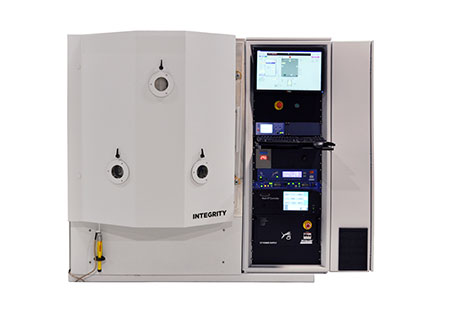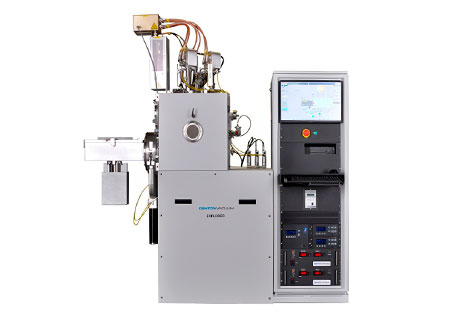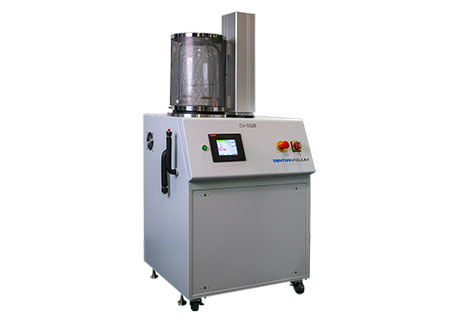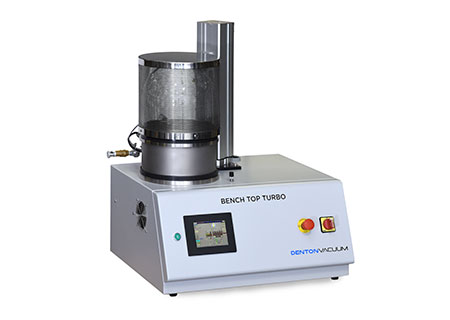Uses for Thermal Evaporation
Thermal evaporation deposits both metals and nonmetals, including aluminum, chrome, gold, indium, and many others. This thin film deposition method is used most commonly for applications involving electrical contacts, by depositing such single metals as silver or aluminum. More complex applications include the co-deposition of several components and can be achieved by carefully controlling the temperature of individual crucibles.
Thermal evaporation can be applied to deposit metallic contact layers for thin film devices such as OLEDs, solar cells and thin-film transistors. In addition, this technique can be used to deposit thick indium layers for wafer bonding.
To better achieve consistent, high-quality results, Denton Vacuum controls the rate of deposition using quartz crystal rate sensor, temperature or optical monitoring systems (OMS). Read more about our thermal evaporation and sample preparation solutions, DV-502 and Benchtop Turbo, and how you can benefit from them below.



